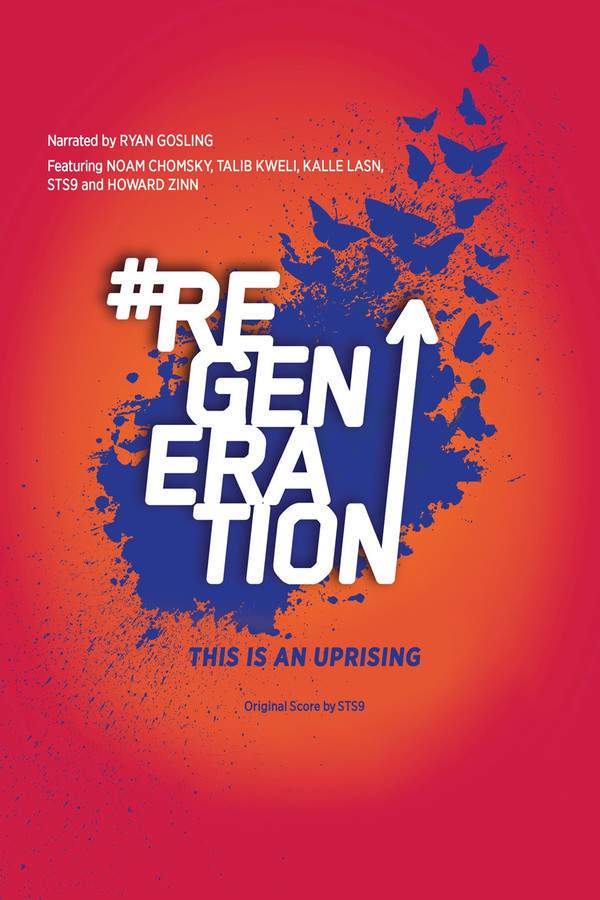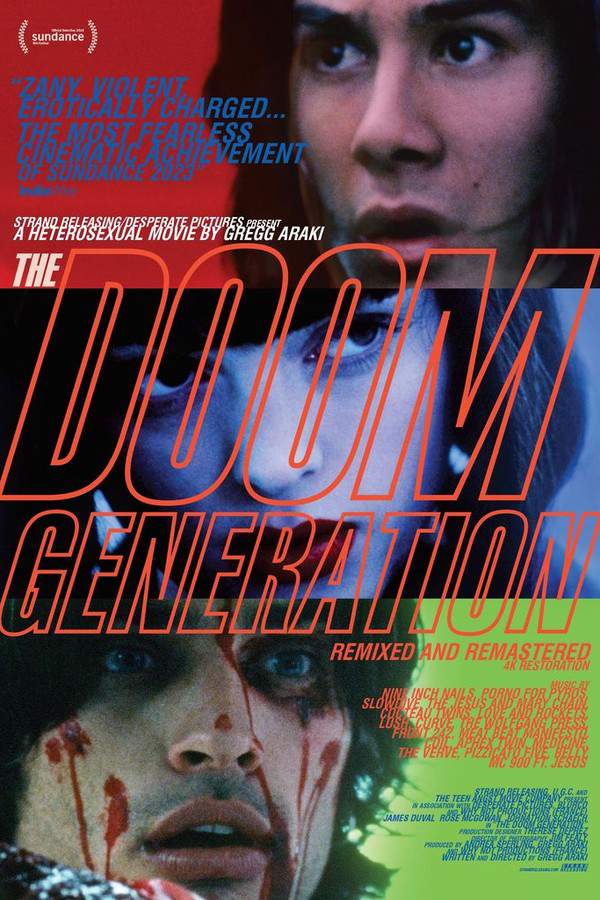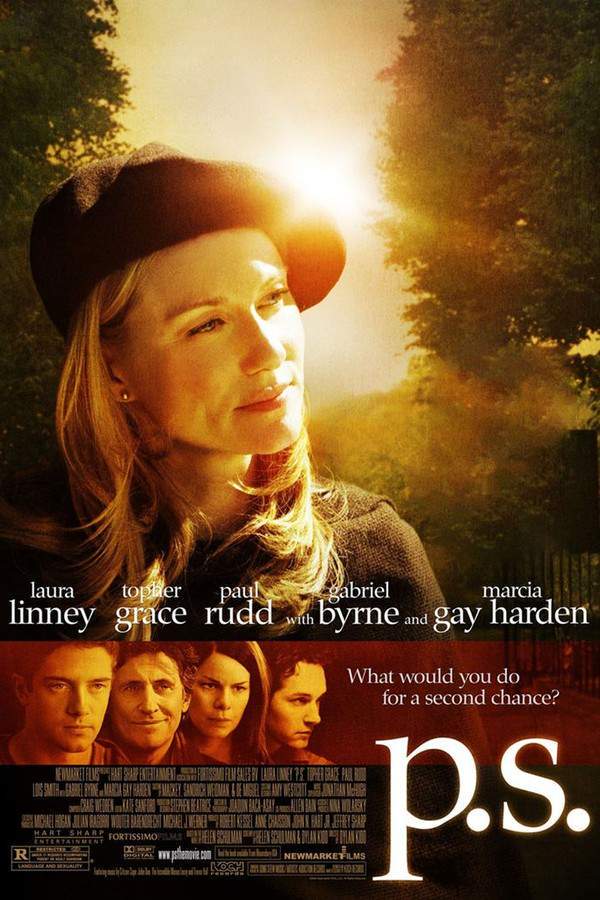
Generation P
Year: 2012
Language: Russian
Director: Victor Ginzburg
A darkly comedic and tragic fantasy, the film follows a poet’s unexpected rise through Russia’s burgeoning advertising industry during the chaotic Moscow of the 1990s. Set against the backdrop of emerging globalized crime, it explores ambition, disillusionment, and the unpredictable nature of a new era.
Warning: spoilers below!
Haven’t seen Generation P yet? This summary contains major spoilers. Bookmark the page, watch the movie, and come back for the full breakdown. If you're ready, scroll on and relive the story!
Generation P (2012) – Full Plot Summary & Ending Explained
Read the complete plot breakdown of Generation P (2012), including all key story events, major twists, and the ending explained in detail. Discover what really happened—and what it all means.
The narrative unfolds in the chaotic backdrop of Moscow during the Yeltsin era in the early 1990s, a time characterized by overwhelming disorder and corruption. The story revolves around Babylen Tatarsky, a graduate student and aspiring poet, who finds himself homeless following the collapse of the Soviet Union. Faced with this new reality, he discovers his unexpected vocation in creating Russian versions of Western advertisements. While his career as a copywriter flourishes, Tatarsky grapples with the increasing materialism and self-indulgence that defines contemporary culture. His journey is not merely about professional success; it is a profound quest for meaning in a society that seems to have lost its way.
As he delves deeper into this new world, Tatarsky begins to notice unusual coincidences that point to patterns, suggesting a deeper significance amidst the confusion of modern life. His intrigue leads him to explore historical contexts, where he finds initial insights through the lens of Mesopotamian religious practices. Enhanced by the use of hallucinogenic substances such as mushrooms, cocaine, and vodka, his search for answers takes on a surreal dimension. Moreover, Tatarsky’s discovery journey is intriguingly embellished when he uses a ouija board, allegedly channeling Che Guevara, who comments on various themes including identity, consumerism, and the pervasive influence of television.
In his pursuit of understanding, Tatarsky begins to uncover profound revelations, such as the realization that much of what is presented as reality on television and in politics is merely a fabrication. However, the ultimate truth behind these constructs eludes him. As he ascends to the pinnacle of the advertising world, he learns that his colleagues serve an enigmatic entity: the goddess Ishtar, whose existence is intertwined with the vast array of advertising imagery. The principal task of their firm is to maintain vigilance against Ishtar’s adversary, the dog Phukkup, whose awakening threatens to unleash chaos and turmoil.
After a significant ritual sacrifice, Tatarsky inadvertently becomes Ishtar’s new regent, assuming the role of her 3-D counterpart and bridegroom. The summation of Tatarsky’s transformation is poignant; in the final chapter, his digital double manifests as a dominant force on Russian television. Ironically, Tatarsky—who initially sought to pierce through the veil of falsehoods perpetuated by media to find a genuine reality—ultimately metamorphoses into an illusion himself.
In the epilogue, it is revealed that the “P” in Generation P signifies “Generation Pizdets,” a term that translates roughly to “Generation Screwed,” encapsulating the disillusionment of a generation caught in the grip of commercialism and disarray.
Last Updated: March 08, 2025 at 15:50
Unlock the Full Story of Generation P
Don't stop at just watching — explore Generation P in full detail. From the complete plot summary and scene-by-scene timeline to character breakdowns, thematic analysis, and a deep dive into the ending — every page helps you truly understand what Generation P is all about. Plus, discover what's next after the movie.
Generation P Timeline
Track the full timeline of Generation P with every major event arranged chronologically. Perfect for decoding non-linear storytelling, flashbacks, or parallel narratives with a clear scene-by-scene breakdown.

Characters, Settings & Themes in Generation P
Discover the characters, locations, and core themes that shape Generation P. Get insights into symbolic elements, setting significance, and deeper narrative meaning — ideal for thematic analysis and movie breakdowns.

Similar Movies to Generation P
Discover movies like Generation P that share similar genres, themes, and storytelling elements. Whether you’re drawn to the atmosphere, character arcs, or plot structure, these curated recommendations will help you explore more films you’ll love.
Explore More About Movie Generation P
Generation P (2012) Scene-by-Scene Movie Timeline
Generation P (2012) Movie Characters, Themes & Settings
Generation P (2012) Spoiler-Free Summary & Key Flow
Movies Like Generation P – Similar Titles You’ll Enjoy
Generation Um... (2013) Ending Explained & Film Insights
The Pod Generation (2023) Ending Explained & Film Insights
Better Living Through Chemistry (2014) Spoiler-Packed Plot Recap
ReGeneration (2012) Detailed Story Recap
The Doom Generation (1995) Full Movie Breakdown
Genie (2023) Movie Recap & Themes
Pompo the Cinephile (2022) Film Overview & Timeline
Coming Soon (2000) Ending Explained & Film Insights
Branded (2012) Full Movie Breakdown
Magic Farm (2025) Ending Explained & Film Insights
Genèse (Genesis) (2019) Plot Summary & Ending Explained
Up and Down (2005) Ending Explained & Film Insights
Pinsky (2019) Complete Plot Breakdown
P.S. (2004) Plot Summary & Ending Explained
A Pigeon Sat on a Branch Reflecting on Existence (2015) Film Overview & Timeline

















